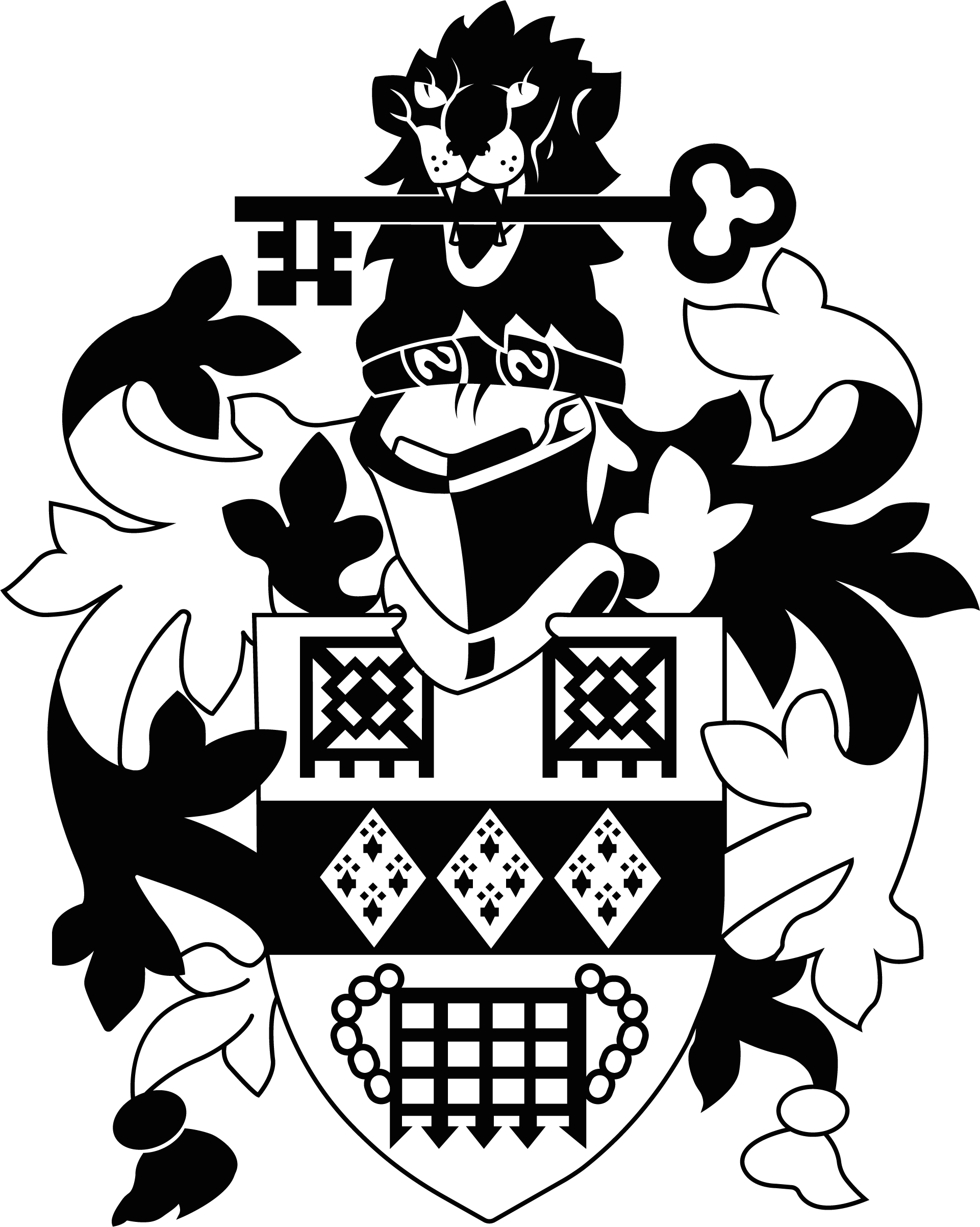Monica Jones FBCS CITP, Chief Data Officer at University of Leeds, shares some key insights with Grant Powell MBCS about advances in women’s health, the importance of accurate data and its benefits to the future of medical research.
Monica’s career has been a highly varied one, providing her with a broad perspective across leadership, systems and data. Beginning in the Royal Army Educational Corps as a British Army officer in training and educations roles, Monica then moved into NHS based digital leadership roles covering local, regional and national responsibilities, including various CIO positions.
Now, as Chief Data Officer at the University of Leeds and the National Strategic Lead and Associate Director for Health Data Research UK (HDR UK), Monica uses her vast experience working across the research, clinical and policy spectrum to play a key role in enabling the secure and ethical use of data to address real health challenges. Particular specialist areas of focus include population health, genomics, and women’s health, as Monica explains.
Can you tell us about some key projects, and what kinds of health challenges you were aiming to address?
A core part of my work at Leeds has been leading and contributing to major national and regional health data infrastructure projects. This includes the Yorkshire and Humber Care Record, DATA-CAN (the UK’s Health Data Research Hub for Cancer), and Health Data Research UK more broadly. These initiatives are focused on using dedicated research to help achieve faster diagnosis and more personalised care.
At the University of Leeds, we’re also one of the joint data controllers for the National Secure Data Environment, alongside Leeds Teaching Hospitals NHS Trust. We ensure that curated, pseudonymised health data is properly stored and fully accessible for approved research. We’ve used this environment to support projects targeting frailty, chronic illness and inequalities in care, with a particular focus on population health management.
One of the initiatives closest to my heart is Women in Data. I sit on the Health Steering Committee for this programme, which aims to tackle the underrepresentation of women working in data science and health data. It’s about highlighting gaps, identifying missed opportunities and steering the national conversation toward equity in how we collect, use and understand data, especially in relation to research on women’s health.
How does women’s health data currently improve the understanding of disparities diagnosis, treatment outcomes or access to care?
Data plays a crucial role in revealing patterns that may not be visible on the surface. We’re using it to explore diagnostic pathways, which has helped highlight where women are misdiagnosed or diagnosed late, particularly in areas like heart disease. This often happens because these pathways were originally designed around male symptom profiles. Beyond diagnosis, we’re seeing how women respond differently to treatments, particularly where those treatments were tested predominantly on male populations. Real-world data has been vital in really highlighting those differences so that we can advocate for more tailored, effective care.
In terms of access to care, we’ve used geospatial and socioeconomic data to uncover where women are disproportionately affected by barriers, whether that’s due to living in rural areas, economic hardship, or systemic under-provision in certain communities. What’s been particularly eye-opening is how some algorithms, when trained on biased historical data, can actually amplify gender disparities. This really serves to illustrate the importance of scrutinising how AI is used and being much more deliberate when it comes to the quality of data that we’re feeding into these models.
We’ve also uncovered significant gaps in how pain and chronic conditions are documented for women, and again, this is largely due to historic underrepresentation in research studies. This is one reason that we’ve explored more creative routes, such as working with retail companies on ‘basket analysis’ to understand the kinds of over-the-counter products women are purchasing. In some cases, this data offers clues about undiagnosed conditions. It’s all part of trying to understand the whole picture.
Tell us more about the knowledge gaps in historic research, and how interdisciplinary collaboration can help.
Historically, women were often excluded from clinical trials, which has left us with dangerous knowledge gaps, particularly around chronic and reproductive health conditions. Data driven initiatives offer one of the best ways to correct this, not just through traditional clinical studies, but by drawing on more inclusive and diverse sources of information. We’re increasingly using real-world data such as electronic health records, outputs from wearable devices, and patient-reported outcomes to build a more comprehensive understanding of women’s health. This goes beyond controlled clinical environments and gives a fuller picture of lived experience.
For you
Be part of something bigger, join BCS, The Chartered Institute for IT.
At the same time, precision medicine is opening up new possibilities by incorporating gender-specific genomic and biomarker data, allowing for treatments to be much more specifically tailored for women. Another exciting development is the use of platforms that encourage women to share their own health experiences directly, particularly in under-researched areas like menopause or endometriosis. These kinds of crowdsourced insights are invaluable for filling the gaps left by traditional research.
We also know that data alone isn’t enough. This is where interdisciplinary collaboration comes in, bringing together the expertise of medical practitioners, data scientists and, importantly, patient advocates. This helps to ensure that research is not only scientifically robust but also socially meaningful and inclusive. For example, we’ve worked with the Professional Record Standards Body (PRSB) to push for more structured data collection around menstrual health, which is still shockingly absent from many clinical systems. The more we involve diverse perspectives, the more likely we are to design research that reflects real life complexity.
Where do you see the most potential for AI in women's health, and what ethical safeguards are needed?
AI offers enormous promise in women’s health if applied thoughtfully and ethically. One of the biggest opportunities lies in diagnostics, particularly for conditions like breast or ovarian cancer. AI enhanced imaging and biomarker detection can dramatically improve early diagnosis. There’s also a great deal of potential in relation to reproductive health, with AI being used to predict ovulation more accurately or support tailored maternal health monitoring. Chronic condition management is another area where AI can really make a difference, especially in illnesses that disproportionately affect women, such as osteoporosis or autoimmune diseases.
To guarantee that these technologies are used responsibly, we need safeguards. That includes transparent, explainable algorithms and a concerted effort to diversify training datasets so that we’re not reintroducing the same old biases. We also need to make sure that these technologies don’t become tools that are only accessible to well-resourced or urban populations. The benefits of AI should reach everyone, including those in underserved or marginalised communities.
I also think that it’s very important to distinguish between consumer-level AI and the type of machine learning we do in secure, trusted environments. At Leeds and through HDR UK, we work with curated, standardised datasets that have gone through ethics reviews and information governance processes. That’s the kind of AI that can truly drive change in healthcare, because it is built on solid foundations and applied in the correct context.
What does the future of data driven research in health look like? What emerging technologies or partnerships are you anticipating?
We’re at the beginning of what I’d call a quantum leap in health data research, moving from the reactive, fragmented care of the past into a future that’s predictive, personalised and deeply connected. One of the most exciting developments is the emergence of digital twins, which are essentially virtual models of patients that allow us to test interventions before applying them in real life. This offers great potential for personalising care while reducing risk, and I think we’ll certainly see a lot of work in this area.
Federated analytics is another area to watch. It allows researchers to analyse data from different sources without actually moving that data, even when pulling together data from across different countries. This is particularly useful in women’s health, where we often deal with sensitive information. By using a common standardised data model like the Observational Medical Outcomes Partnership (OMOP), which was been specifically designed to facilitate analysis across diverse sources, we can run complex analytics across multiple sites while preserving privacy.
When it comes to the partnerships that are emerging, we’re seeing growing collaboration between universities, NHS organisations, tech companies, pharmaceutical firms and public health bodies, all working together to develop solutions that are scalable and inclusive. This is exactly what we need going forward.
Ultimately, getting the basics right is key to the future of health research. If we capture good data at the point of care, using structured clinical terminology and standardised formats, then everything flows more smoothly: research, treatment, analytics, and, as a result, better patient outcomes. It’s about designing for quality and inclusion from the very beginning and making sure that women’s health, in all its complexity, is fully represented.












